
The recent escalation of hostilities between Israel and Iran has taken a dramatic and alarming turn, revealing not only the fragility of regional stability but also the deeply entrenched geopolitical tensions that underpin the broader Middle East.
What initially appeared to be a localized military exchange which is potentially limited in scope and duration has rapidly evolved into a multifaceted conflict involving cyber warfare, aerial strikes, proxy engagements, and inflammatory rhetoric. This escalation has drawn in various state and non-state actors, further complicating an already volatile situation.
At the heart of this confrontation lies a long-standing enmity between the two nations, rooted in ideological, strategic, and security concerns. Iran’s support for groups such as Hezbollah in Lebanon and its military entrenchment in Syria have long been viewed by Israel as existential threats. Conversely, Israel’s covert operations and overt military strikes targeting Iranian assets in the region have been seen by Tehran as acts of criminal aggression and provocation.
What makes the current situation especially perilous is the way in which it has activated a wider network of alliances and rivalries. Gulf Arab states, many of whom share Israel’s warped and ridiculous concerns about Iran’s alleged regional ambitions, are watching the developments closely, with some quietly coordinating behind the scenes. Meanwhile, global powers like the United States, Russia, and China are being forced to reassess their strategic interests and diplomatic positions, recognizing that any further escalation could have serious implications for energy markets, global security, and the fragile balance of power in the region.
As military deployments intensify and diplomatic channels grow strained, the risk of miscalculation or unintended escalation increases significantly. The situation has entered a dangerous phase. It is no longer confined to bilateral animosity but rather teetering on the edge of a broader regional conflagration, and potentially even drawing in global actors. Without swift and strategic diplomatic intervention, the path forward could lead not only to widespread devastation in the Middle East but also to long-term shifts in the global geopolitical landscape.
Unexpected War and Its Devastating Impact
Israeli Prime Minister Benjamin Netanyahu’s aberrant decision to launch a direct attack on Iran was an action many observers characterize as lacking a clear, immediate provocation which has unleashed a cascade of consequences that few could have fully anticipated. What may have been conceived as a decisive show of strength or a preemptive strike to deter what Netanyahu erroneously contends as Iran’s regional ambitions has instead ignited a war whose scale and devastation are rapidly surpassing all initial expectations. The fallout has not only destabilized the region further but also called into question the strategic calculus behind the Israeli government’s actions.
The conflict has now reached a level of destruction that chillingly mirrors the suffering endured by Palestinians in Gaza through Israel’s brutal and murderous military campaigns. Urban centers in both Israel and Iran are facing relentless bombardment, with entire neighborhoods reduced to rubble. Critical infrastructure such as power grids, hospitals, and transportation networks have been crippled, and the civilian toll has risen with each passing day. The symmetry in suffering is striking and grim: once-unthinkable images of destruction in Israeli cities of Tel Aviv, Jerusalem and Haifa now echo scenes from Gaza, bringing a new dimension of human tragedy to a conflict already defined by decades of mutual animosity and violence as Israel is now getting a taste of its own medicine, so to speak.
Rather than achieving strategic deterrence or restoring a sense of national security, Netanyahu’s insane offensive has plunged the region into greater chaos, weakening international support and deepening domestic divisions. Iran’s fierce, coordinated, and increasingly bold response have exposed vulnerabilities within Israel’s defense apparatus and challenged the notion of Israeli military invincibility. Moreover, the war has galvanized Iran’s regional allies and proxies, opening new fronts that stretch Israel’s resources thin and threaten to overwhelm its strategic depth.
What began as a high-risk gamble has quickly turned into a war of attrition, with no clear end in sight and both nations suffering heavy losses. The escalation underscores the perils of unilateral military action in an interconnected and volatile region, where the consequences of war are rarely confined to the battlefield and often reverberate through generations.
The United States’ Unwavering Support and Its Consequences
Throughout the unfolding crisis, the United States has remained a steadfast and vocal supporter of Israel, reinforcing a decades-long alliance rooted in shared oppressive and murderous interests, brutal military cooperation, and deeply fascistic political ties. This unwavering support has persisted despite growing international concern over the scale of the violence and the humanitarian toll. In a particularly provocative development, US President Donald Trump publicly announced his derisive intention to direct U.S. military forces to intervene directly in the ongoing conflict. His preposterous declaration marks a dramatically vacuous shift from traditional American approaches to regional warfare and has sent shockwaves through diplomatic circles at home and abroad.
Trump’s bellicose stance represents a highly irresponsible militarized posture that breaks from the more cautious, calibrated policies of previous administrations, both Republican and Democratic. By advocating for direct military engagement, Trump is audaciously pushing the boundaries of traditional U.S. involvement in the Middle East, risking not only the entanglement of American forces in a deeply complex regional war but also the further erosion of U.S. diplomatic credibility.
His arrogant rhetoric and proposed actions could provoke adversaries and allies alike, potentially drawing NATO and other global actors into a wider confrontation with unpredictable consequences.
In stark contrast, despite Russia’s long-standing strategic alliance with Iran, it has adopted a far more decent, restrained and calculated approach. While Moscow continues to provide Tehran with political backing, intelligence coordination, and military technology, it has so far refrained from any overt intervention. Instead, Russian officials have emphasized the need for de-escalation, calling for renewed diplomatic dialogue through multilateral channels such as the United Nations or regional frameworks involving Turkey and China. This measured stance reflects not only Russia’s broader geopolitical balancing act but also its desire to avoid over-extension, especially while it remains deeply engaged in the proxy war in Ukraine against NATO and the US.
The divergence in Trump’s aggressively interventionist posture and Russia’s cautious diplomacy underscores the wider global implications of the Israel-Iran conflict. It highlights a world increasingly divided between unilateral military assertiveness and strategic containment, with the potential for miscalculation on all sides. As the conflict deepens, the United States risks becoming not just a backer of one party, but a direct participant in a war with no clear endgame, and with the potential to engulf the broader international system in yet another protracted crisis.
Russia’s Strategic Calculations and the Risk of Wider War
The situation becomes even more precarious as US President Trump’s confrontational approach risks cornering Russian President Vladimir Putin into a high-stakes geopolitical dilemma. Trump’s threats of direct U.S. military involvement in the Israel-Iran conflict, coupled with his combative rhetoric toward nations aligned with Tehran, are intensifying pressure on Moscow to respond either through escalated support for Iran or through more overt demonstrations of force.
For Putin, already managing complex alliances and strained national conditions exacerbated by the war in Ukraine, this crisis presents both a challenge and an opportunity: back down and risk diminished credibility among regional partners, or escalate and risk a confrontation with the United States.
This pressure cooker scenario is made all the more dangerous by Russia’s formidable military arsenal, particularly its advanced missile systems, which remain among the most sophisticated and lethal in the world. Hypersonic weapons such as the Avangard glide vehicle and the Kinzhal air-launched ballistic missile represent a quantum leap in offensive capability. These are technologies that have outpaced American missile defense systems in speed, maneuverability, and range. If diplomatic efforts fail and Russia perceives direct U.S. involvement as an existential threat to its strategic interests or those of its allies, the possibility of Moscow leveraging its missile arsenal as a deterrent or worse, a direct threat, cannot be ruled out.
The implications of such an escalation are chilling. In the most extreme scenario, should hostilities spiral entirely out of control, Russian intercontinental ballistic missiles (ICBMs) could potentially target major U.S. cities, marking an unprecedented and catastrophic shift in the nature of 21st-century warfare. The American mainland, long insulated from the physical devastation of global conflicts, would suddenly face the horrifying possibility of direct attack which is a scenario unseen since the Cold War and almost unimaginable in modern history.
Beyond the loss of life and infrastructure, such an event would fundamentally reshape U.S. national identity, security doctrine, and global political dynamics.
This is no longer a theoretical chess game of international strategy but also a moment teetering on the edge of global catastrophe. The convergence of nuclear-capable powers, volatile leadership, and deeply entrenched alliances has created a flashpoint in which a single misstep could trigger consequences far beyond the Middle East. As the world watches, the need for de-escalation and renewed diplomatic engagement has never been more urgent.
The Dangerous Path Toward Global Conflagration
At the heart of this rapidly escalating crisis lie the aggressive and unilateral actions of Israeli Prime Minister Benjamin Netanyahu and U.S. President Donald Trump. The hardline stances and combative strategies of these two leaders are inadvertently accelerating the slide toward a broader, far more destructive war.
What may have initially been intended as shows of strength or decisive measures against perceived threats are now dangerously backfiring and drawing Iran more deeply into the conflict along with its extensive network of regional allies which include Hezbollah in Lebanon, Shiite militias in Iraq, and the Houthis in Yemen. This expanding constellation of actors risks transforming a contained set of regional hostilities into a sweeping, multi-front war with global implications.
The consequences of this expansion are potentially catastrophic. Israel, in its reckless aggressiveness triggered by the lies concocted by its Prime Minister now faces threats not only from Iranian missile capabilities but also from coordinated attacks by well-armed non-state actors operating on multiple borders. As infrastructure crumbles under repeated bombardments and the civilian death toll rises, Israel’s distorted security doctrine defined by fascistic policy and extreme-right military superiority is being pushed to its limits. What was meant to ensure national survival is now being paradoxically threatened.
For the Middle East more broadly, the deepening conflict jeopardizes already fragile states and could destabilize the region in ways not seen since the Arab Spring or the Iraq War. Economies teetering under the weight of inflation, political fragmentation, and refugee crises could collapse entirely under the strain of prolonged warfare. Sectarian divides long exploited by foreign powers could erupt into widespread violence, undoing years of tentative diplomacy and regional cooperation. Oil markets, shipping routes, and humanitarian corridors are all at risk, raising global stakes exponentially.
And for the United States, Trump’s aggressive posture risks dragging the country into yet another costly and open-ended military engagement in the Middle East, this time not against a weakened adversary, but against a well-prepared coalition backed by a major nuclear power. With American military assets already stretched thin, and with growing political divisions at home, such an escalation could severely compromise national security, erode international standing, and reignite debates over the limits of presidential war powers and U.S. foreign policy itself.
The potential for this conflict to spiral far beyond its original context underscores a critical and urgent truth: there is no military solution to this crisis. The longer global powers ignore this reality, the greater the risk of a catastrophic miscalculation. Now more than ever, what is needed is not bravado or brinkmanship, but diplomatic restraint, strategic foresight, and a collective commitment to de-escalation before irreversible damage is done.
Conclusion
The current trajectory of the Israel-Iran conflict serves as a sobering illustration of how the irrational decisions of a few megalomaniac state leaders often shaped by distorted political agendas, domestic pressures, and narrowly defined national interests can set in motion a chain of events with catastrophic global consequences. In this case, calculated acts of aggression, framed as strategic imperatives by leaders such as Netanyahu and Trump, have unleashed a rapidly widening conflict that now threatens to engulf an entire region and potentially pull in global superpowers.
This crisis is not occurring in a vacuum. As the United States, Israel and their western allies maneuver to protect and expand their spheres of influence, the Middle East once again becomes a battleground for geopolitical rivalry. These power agendas, often cloaked in the language of national security or ideological commitment, mask the deeper reality: that the unipolar interests of US hegemony and Israel’s fascism are gambling with the lives of millions. The danger of a full-scale regional war or at worst, a global confrontation involving nuclear-armed states, now looms larger than at any point in recent memory.
History has shown that unchecked escalation, driven by heightened megalomania, reckless miscalculation, and a stubborn refusal to compromise can lead to catastrophic wars. From the trenches of World War I to the brinkmanship of the Cold War, the world has repeatedly paid the price for the failure to prioritize diplomacy over force. Today, we stand at a similarly perilous crossroads.
The international community consists of governments, institutions, and civil society alike must now recognize the destructive potential of the current conflict and act with urgency. Diplomatic channels must be reopened, ceasefire agreements negotiated, and regional actors brought into multilateral frameworks designed to restore dialogue and reduce tensions. Global powers must resist the temptation to exploit the crisis for strategic gain and instead commit to a coordinated de-escalation effort grounded in international law, humanitarian principles, and mutual survival.
The window for preventing irreversible damage is rapidly closing. Without immediate and sustained intervention to change course, the world may soon find itself grappling with a war that is not only broader and bloodier than any in recent decades but also one with apocalyptic consequences.
*
Click the share button below to email/forward this article. Follow us on Instagram and X and subscribe to our Telegram Channel. Feel free to repost Global Research articles with proper attribution.
Prof. Ruel F. Pepa is a Filipino philosopher based in Madrid, Spain. A retired academic (Associate Professor IV), he taught Philosophy and Social Sciences for more than fifteen years at Trinity University of Asia, an Anglican university in the Philippines. He is a regular contributor to Global Research.
Featured image source
Global Research is a reader-funded media. We do not accept any funding from corporations or governments. Help us stay afloat. Click the image below to make a one-time or recurring donation.
Counter Information publish all articles following the Creative Commons rule creative commons. If you don't want your article to appear in this blog email me and I will remove it asap.







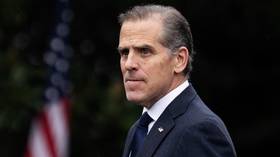



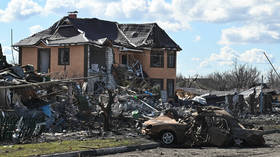
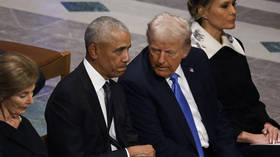
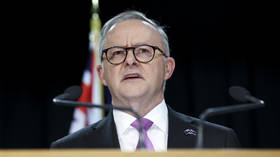



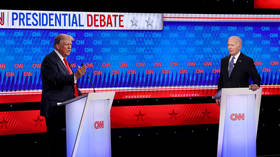
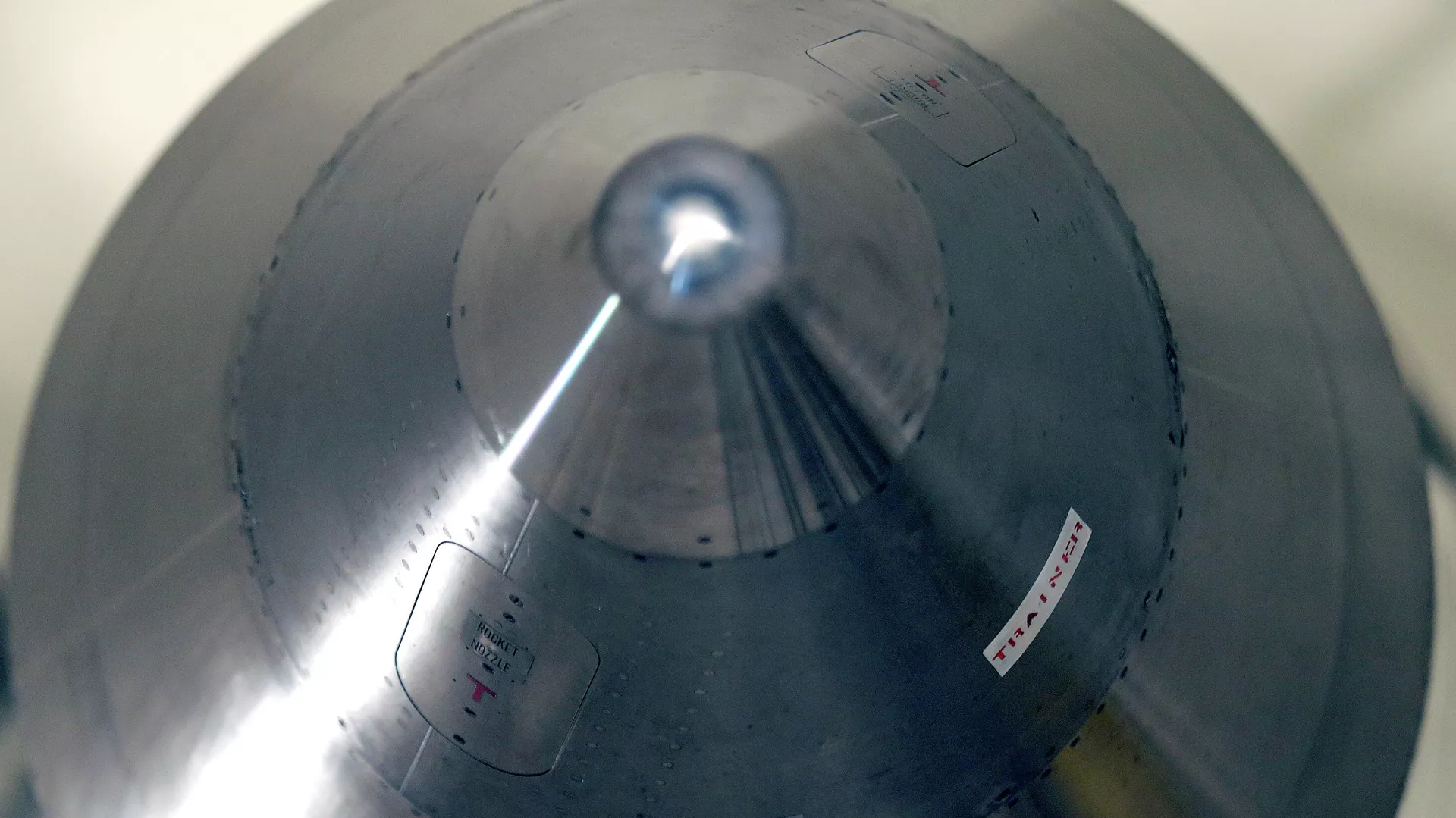
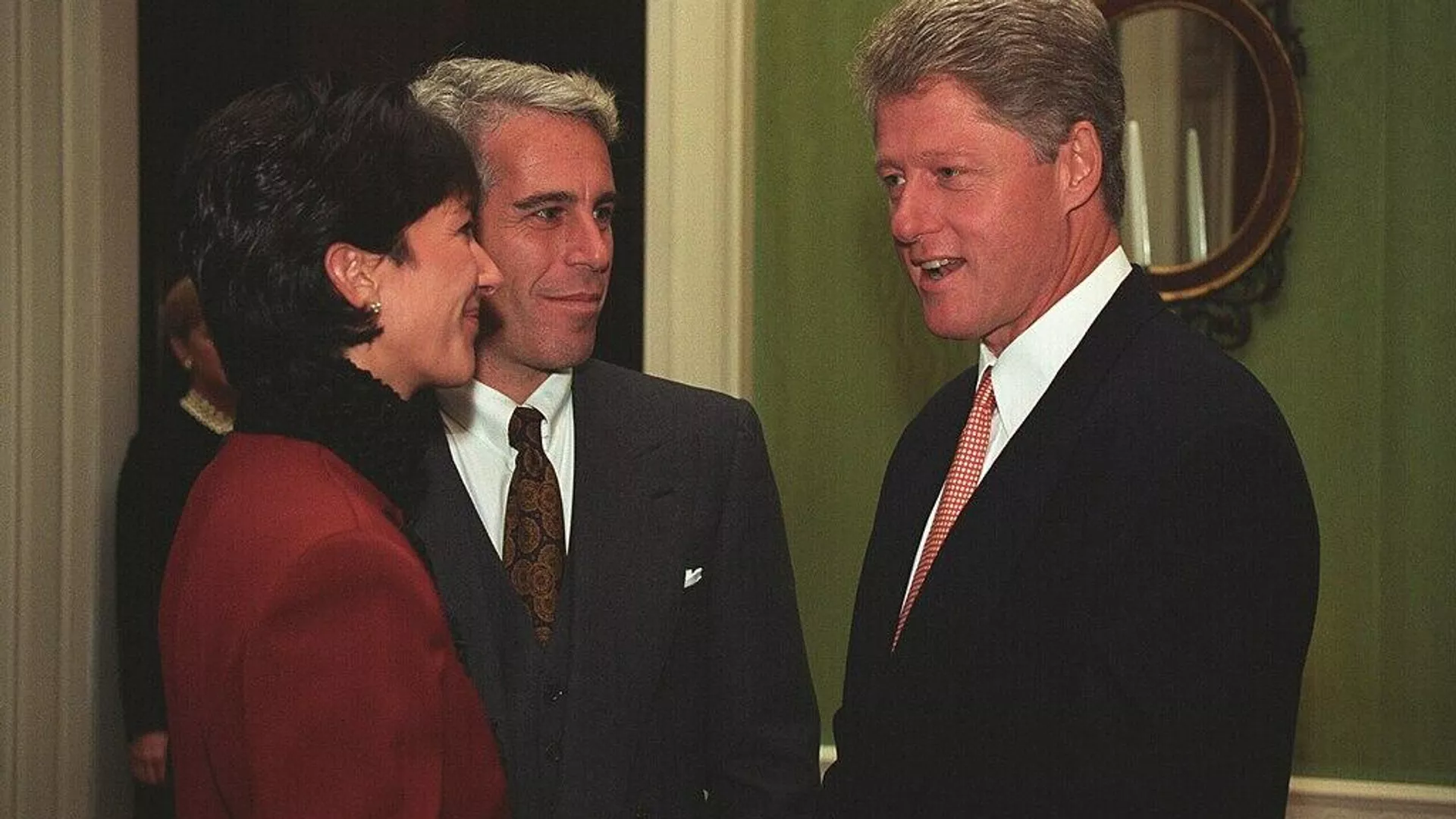
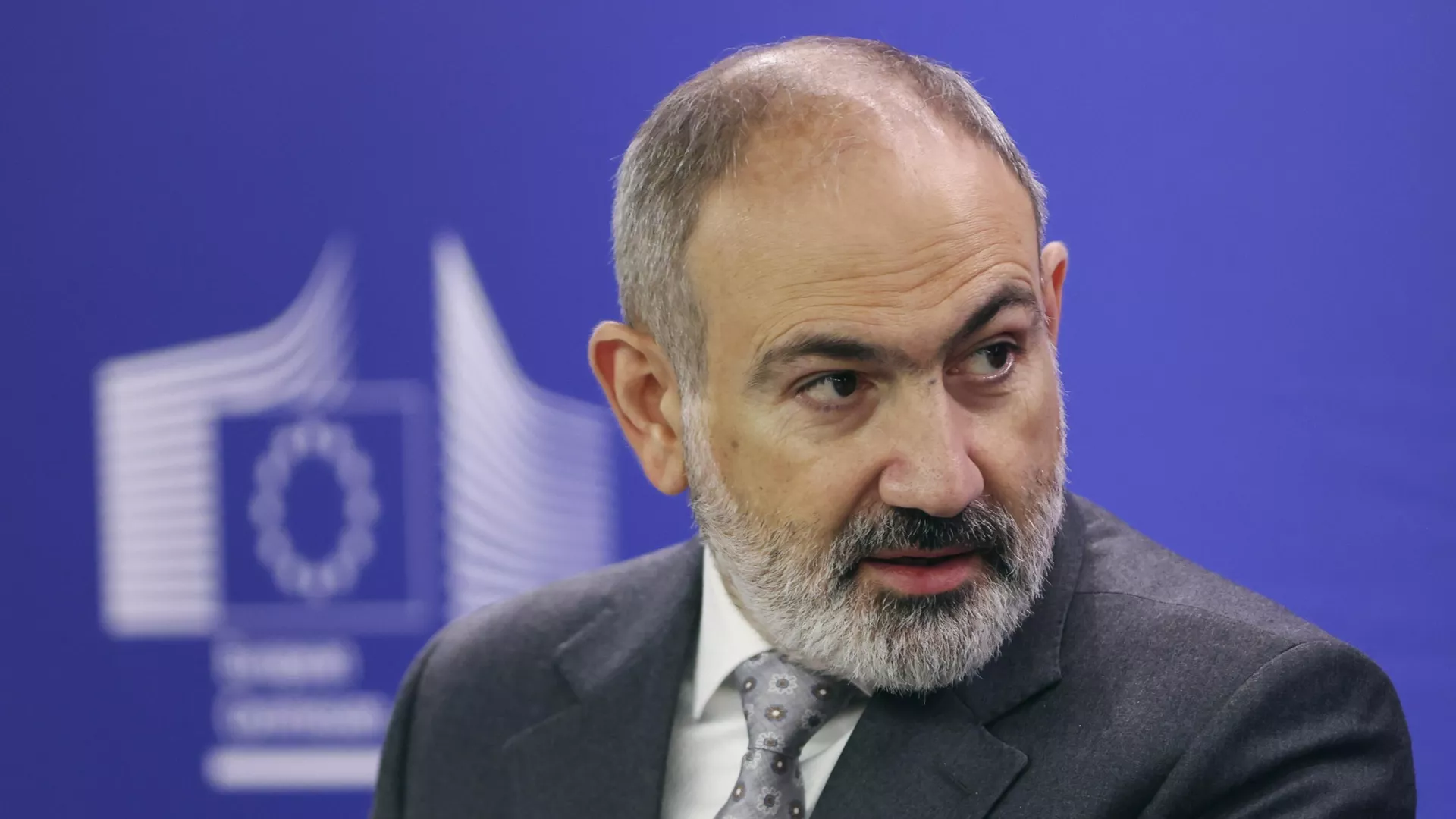




















No comments:
Post a Comment